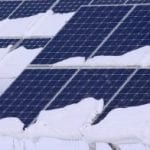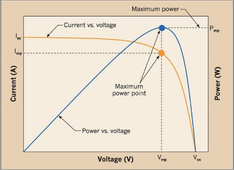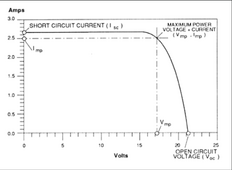andy_acacia
New Member
- Joined
- Mar 14, 2022
- Messages
- 11
I would like some help with calculating theoretical voltage and current please.
What is the max ( theoretical) voltage and amperage I will get from the following array where each panel max is 10a 40v
2 panels in series + 2 panels in series = ?a ?v
I understand 4 in series would be 10a 160v. Likewise 4 in parallel would be 40a 40v.
These panels will charge a 24v battery bank using a 100v 40a MPPT.
What is the max ( theoretical) voltage and amperage I will get from the following array where each panel max is 10a 40v
2 panels in series + 2 panels in series = ?a ?v
I understand 4 in series would be 10a 160v. Likewise 4 in parallel would be 40a 40v.
These panels will charge a 24v battery bank using a 100v 40a MPPT.





